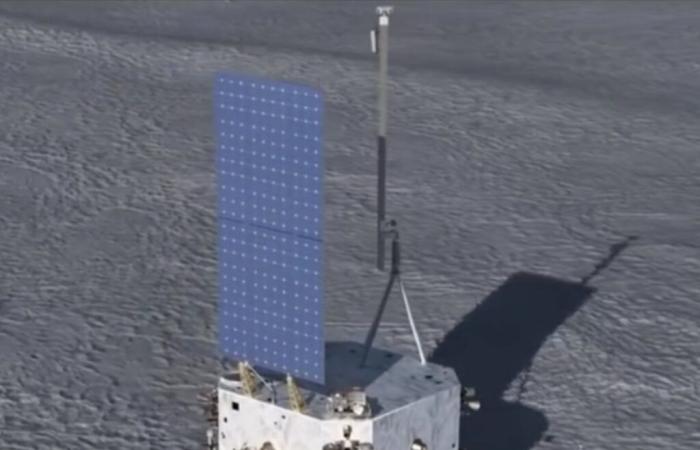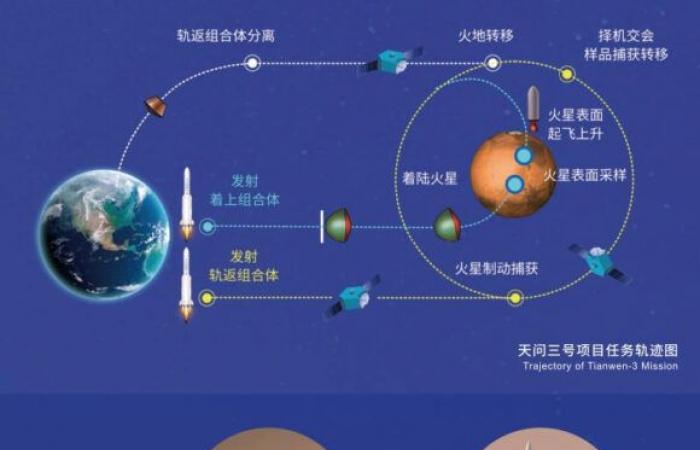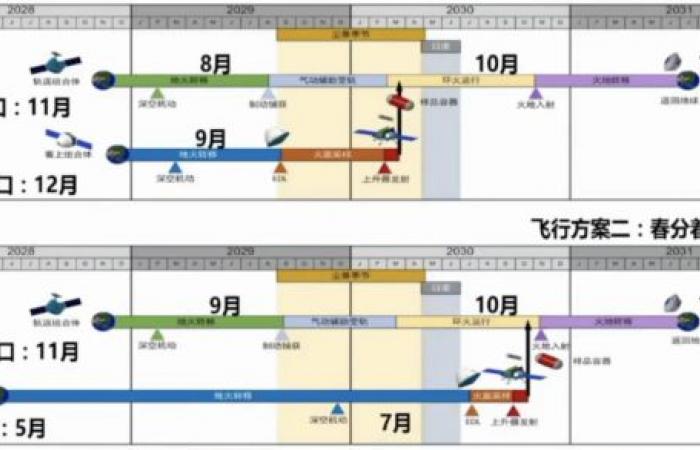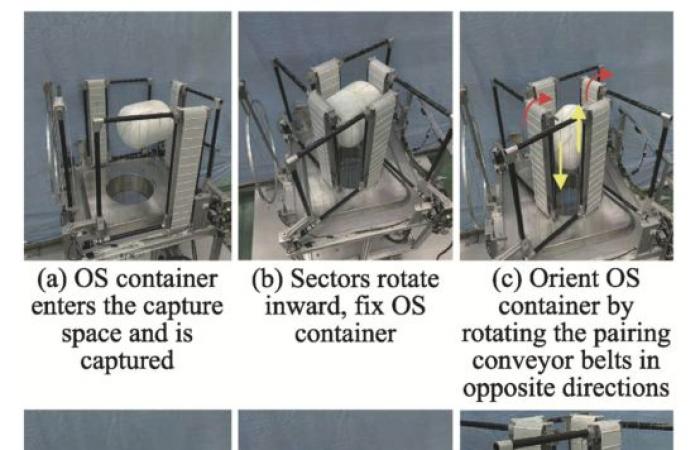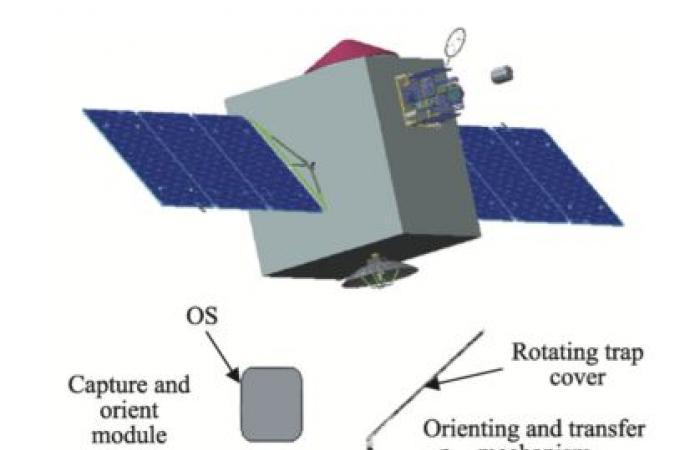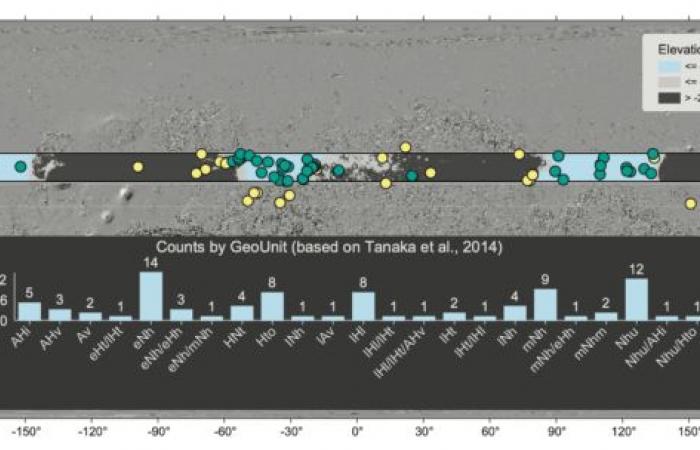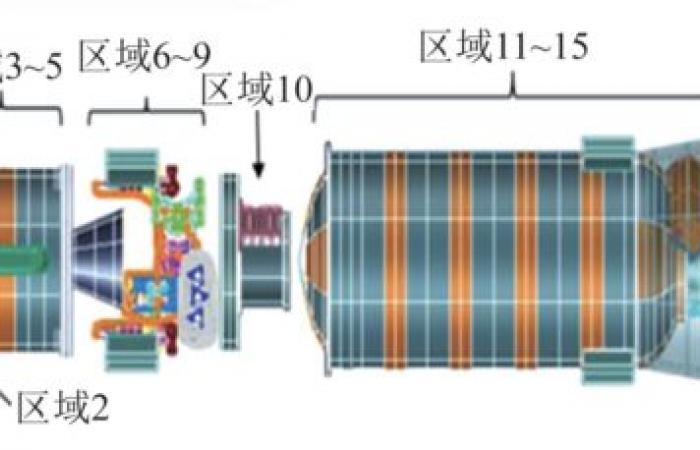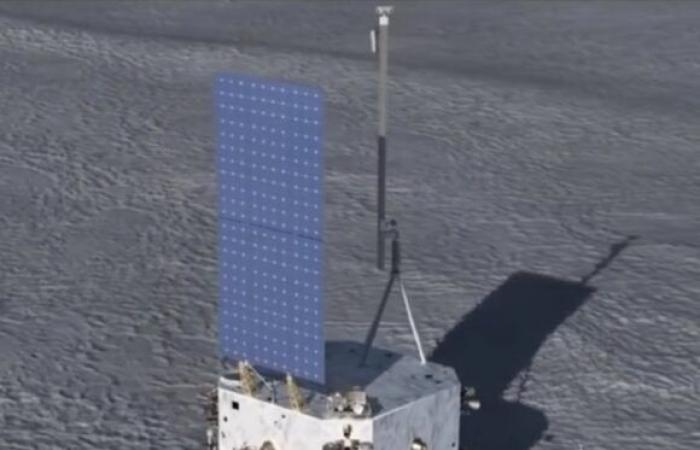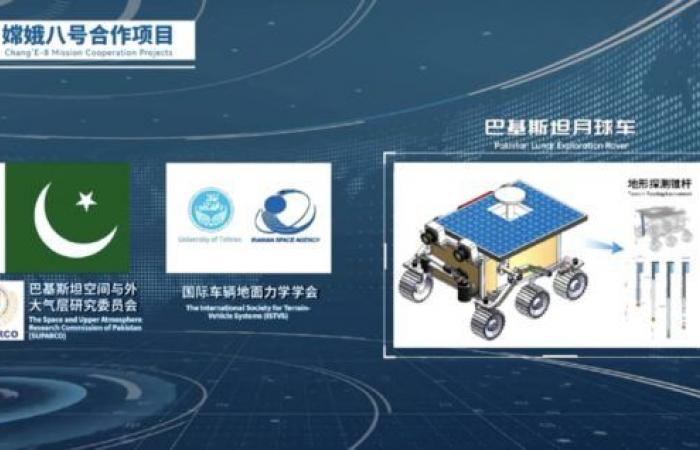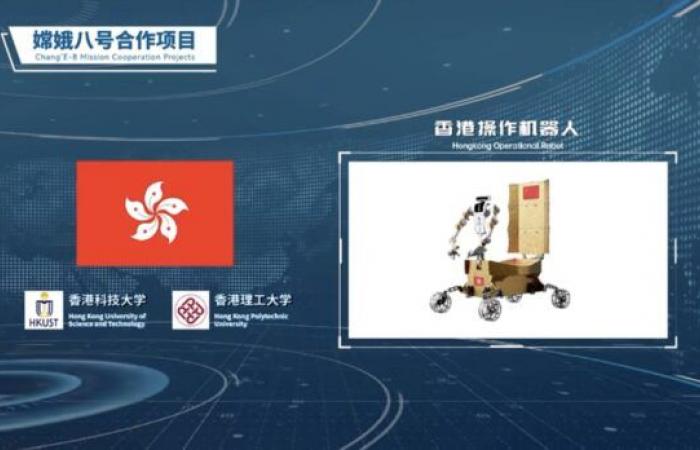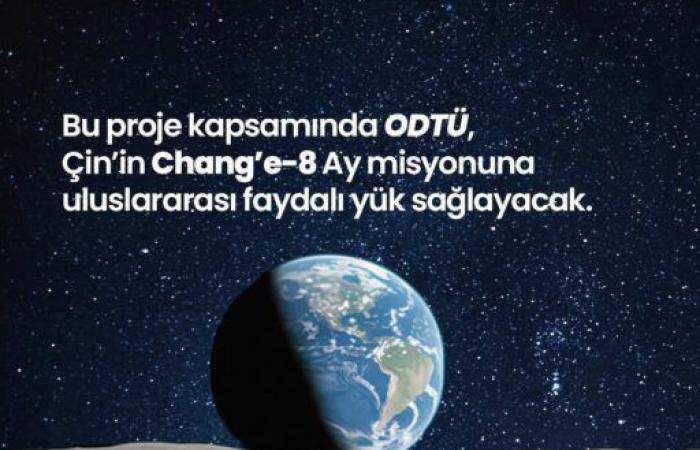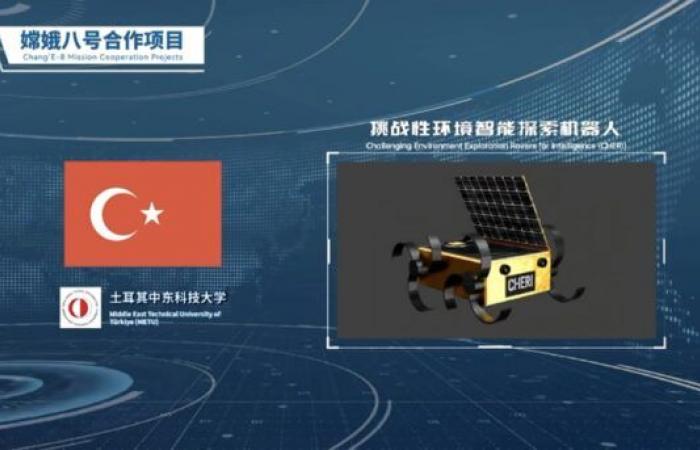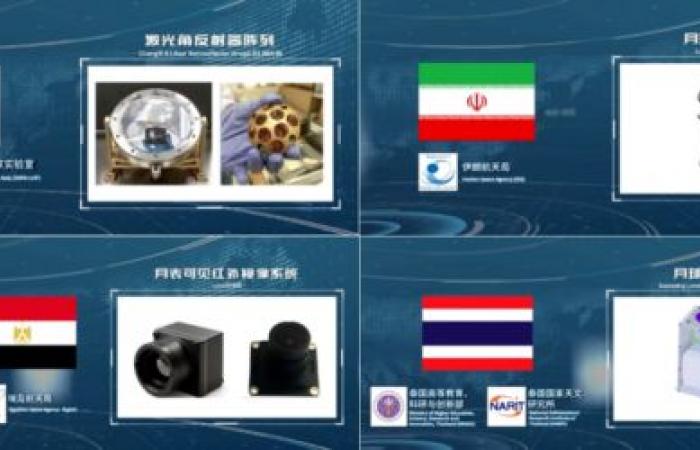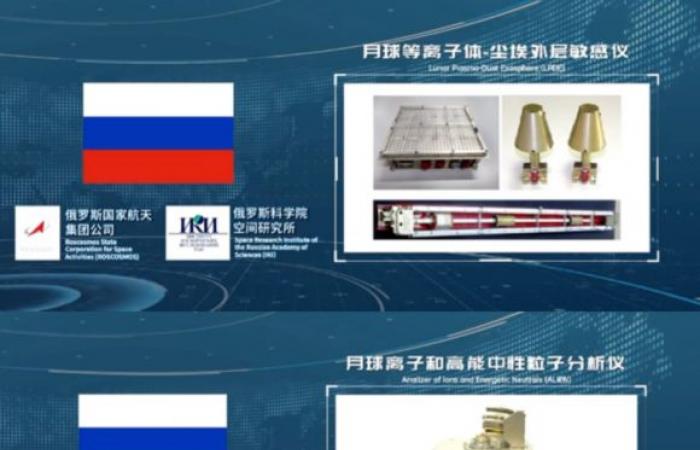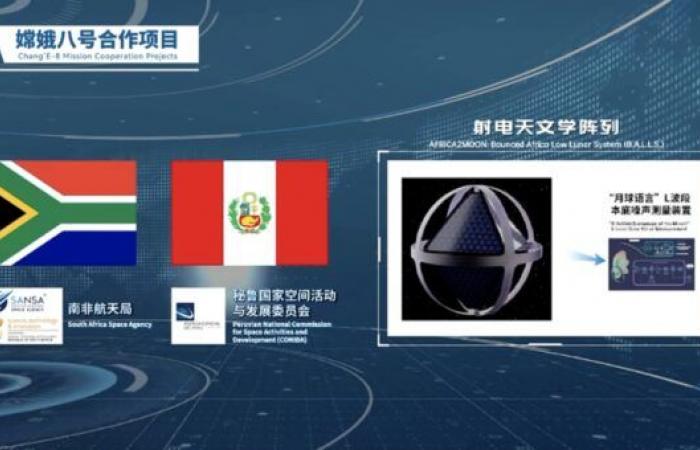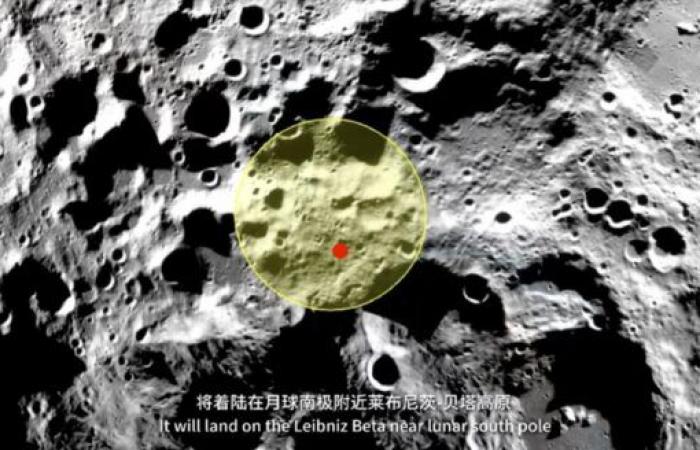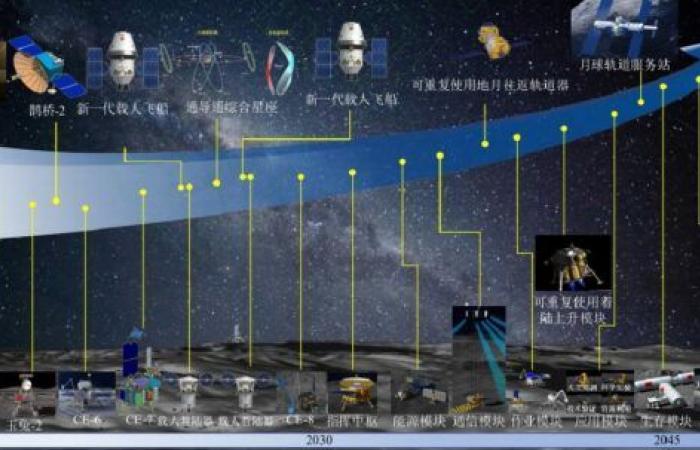The next Chinese interplanetary probe will be the tianwen 2 mission of re -samples of an asteroid, which will take off this month, while the next Chinese mission to the moon will be the Chang’e 7, which must start in 2026 heading to the southern pole of our satellite. However, China is already preparing the following missions. As we have already commented on the blog, the Mission of return of Sample Samples Tianwen 3 (天问三号) continues its course and, in fact, instead of delaying it is maintained by 2028 (of course, last minute unforeseen events may always appear). This mission has gained a special interest now that everything indicates that the NASA MSR Sample Return Mission will be completely canceled, as China has all the ballots to become the first country that manages to bring rocks from the red planet to the earth, something that will happen in 2031.
Tianwen 3 will bring a minimum of 600 grams of Mars samples and his chief designer is Liu Jizhong (刘继忠). It will actually be formed by two independent missions. On the one hand, the LAMOM landing probe (Lander-Ascender-Mars Orbiter Module) —Wear the upper server combination / zhe shàng fúar image In Mandarin (‘Landing set, ascent and service’) -, which will collect the samples through a drill, a robot arm, a drone and roots/robots with legs and will place them in Martian orbit using a two -stage rocket or, for its acronym in English, MAV (MAV (Mars Ascent Vehicle). The other probe is an orbiter that will collect the samples and bring them to Earth, where they will descend inside a capsule, which receives the denominations of EORM (Earth Orbiter-Re-entry Module), ERO (Earth Return Orbiter) —como la sonda europea de la misión MSR— o orbital rebate combination / Goille fǎn image (‘Orbital and return set’) in Mandarin. The two probes will be launched by independent CZ-5 rockets from Wenchang, one of the reasons why a new building with two extra hangars for CZ-5, CZ-7 and CZ-8 pitchers has been built in the space center of the island of Hainán, as this mission will use the two existing hangars with little time difference.


Recently, the final design of the Tianwen 3 probes has been revealed. So far the published images of the landing probe showed us a hexagonal vehicle similar to the Tianwen 1, but now we see that the aspect of the orbiter has been modified. Logically, the decrease stage capsule is similar to that used by Tianwen 1 and the Zhurong Rover to take advantage of the experience of this mission. On the other hand, the sample return orbiter is quite different from the design of the Tianwen 1, with a main cubic body and vertical solar panels similar to those of the Mengzhou nave (this type of disposition has the advantage of reducing the oscillations during the propulsive or coupling maneuvers). The new design was revealed on April 24, 2025 on the occasion of the announcement that the Chinese Space Agency (CNSA) left space for up to 20 kg of instruments from other countries in Tianwen 3 probes.
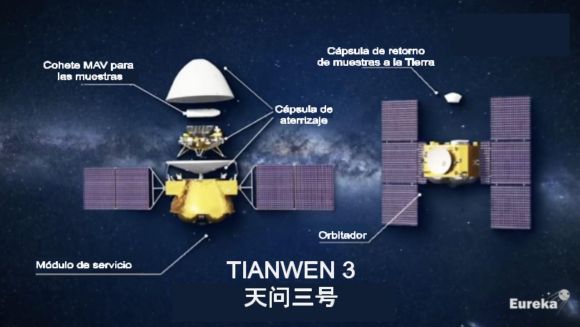
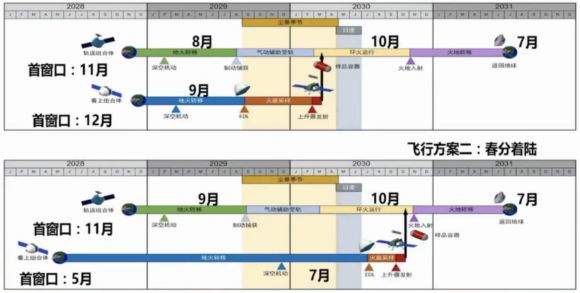
Recall that, for now, the mission will carry six main instruments, in addition to numerous cameras. The landing probe will incorporate the mspr radar (Mars Subsurface Penetrating Radar) and the Raman Rafam spectrometer (Raman and Fluorescence Analyzer for Mars), which will help select the collection areas and the most promising rocks for collection for the drill and the robot arm, in addition to providing context information that will be essential to better understand the nature of the samples. The orbiter of the landing probe or mo (Mars Orbiter) –In Mandarin, ‘Service module’ (服务器) – will be located in a very elliptical orbit of 400 x 76 000 kilometers and 56º of inclination and its useful life will be at least five years. It will serve to retransmit communications to the land of the landing probe and includes two main instruments: the particle and auroras detector Penaaa (Precipitating Energetic Neutral Atom and Aurora Detector) and the Mobmag Magnetometer (Mars Orbiter Vector Magnetometer).



For its part, the orbital module – in Mandarin (轨道器) – of the EORM probe will be located in a circular orbit of 350 kilometers and 30º of inclination, where it will be about two terrestrial years before returning to the earth with the samples. It will carry two instruments consisting of advanced chambers: the MMC multispectral chamber (Mars Martian Multispectral Camera) and the Mihi infrared chamber (Mid-Infrared Hyperspectral Imager). The 20 kg of international instrumentation are divided between the two orbiters: up to 5 kg for the orbiter of the MO landing probe and up to 15 kg for the EORM. If the Tianwen 1 orbiter is still active when the two probes arrive, China will have three functional orbiters in Mars orbit at the same time, something that for the moment has only achieved NASA (the ESA currently has two).


At the same time that China announced the opening of Tianwen 3 to international collaboration, the international useful charges that will carry the alunage segment of the Chang’e 8. In this case, already different from what happened with the Tianwen 3, the Chang’e 8 mission is delayed with almost total security, from 2028 to 2029. In 2026 it must take off, also towards the South Pole penetrating probes— and an orbiter with multiple instruments. CHANG’E 8 will alunize in the South Pole area, with a latitude of 85º South, very close to the place of the forced moving of the American mole nova-C athena of the IM-2 mission.


CHANG’E 8 will wear another jumper and another Chinese rover – Yutu 3? – with four instruments: panoramic cameras, a radar to study the subsoil, an infrared spectrometer and a device to collect samples and analyze them. We already knew that a 35 kg Pakistan rover endowed with a robot arm. In this last project, in addition to the Pakistaní Supparco Space Agency, Iran participates. The inclusion of the curious anthropomorphic rover of Hong Kong (香港操作机器人, ‘Hong Kong Operational Robot’), a four -wheeled vehicle equipped with a vertical solar panel and a humanoid torso is also confirmed. This robot is a collaboration from the Polytechnic University of Hong Kong and the University of Science and Technology of Hong Kong.


But it will also carry one or two Turks Cheri (Challenging Environment Exploration Rovers for Intelligence), supplied by the Technical University of the Middle East of Türkiye (METU), which has a curious displacement system. All these four rovers will travel on the cover of the Chang’e 8 and will be placed on the lunar surface by a crane. In addition to the Rovers, the Chang’e 8 will include the Italian Laser Clara-8 laser (Chang’e 8 Laser Retroreflector Arrays), An instrument similar to the one that flew in the Chang’e 6. Thailand contributes to the align experiment (Assessing Lunar Ion-Generated Neutrons) for neutron analysis, while Egypt and Baréin will supply the Lunasense infrared cameras. Iran also participates with the LPM instrument (Lunar Potential Monitor) to analyze the lunar electric field.


South Africa collaborates with the radio instrument Balls (Bounced Africa Low Lunar System) of the Africa2Moon project. This experiment, which has the participation of Peru, is a technological demonstrator of a low frequency observatory – under 10 MHz – consisting of four spherical shape antennas that will be displayed from the probe. For its part, Russia participates through Roscosmos and the IKI (Space Research Institute), with two instruments, LPDE (Lunar Plasma Dust Exosphere) for the study of the plasma and dust and alien exosphere (Analizer of Ions and Energetic Neutrons) for the analysis of ions and neutrons, two instruments similar to some transported in the ill -fated moon 25 and in the future moon 27.


In addition to these international instruments, the surface probe of the Chang’e 8 will carry ten Chinese instruments: a landing camera and topographic cameras, a seismometer, an low frequency electromagnetic field detector, an heat flow meter of the regolite, a radiometer and a camera to observe the earth in detail from the moon Terrestrial ‘and a device to take advantage of local resources (ISRU) (of the latter do not know many details). If everything goes as planned, the Chang’e 8 mission will be the last of the program and the following Chinese -manned probes will be part of the Ilrs station (International Lunar Research Station), which in a first phase will consist of five different missions (it is possible that some of these missions are formed by several independent probes, some perhaps supplied by Russia). China would like to have a greater western collaboration in these missions, but US pressures have made many European countries not dare to strengthen ties with the Asian country in spatial matters (paradoxically, at the same time, there is no qualms about buying and selling all kinds of consumer goods and services to China). And not only with Europe: remember that the United States forced Arab Emirates attached to withdraw their rover for the Chang’e 7 mission when collaboration had already been formalized. In spite of everything, and as we see, China has managed to replace Western collaboration with other countries, many members of the BRICs.



